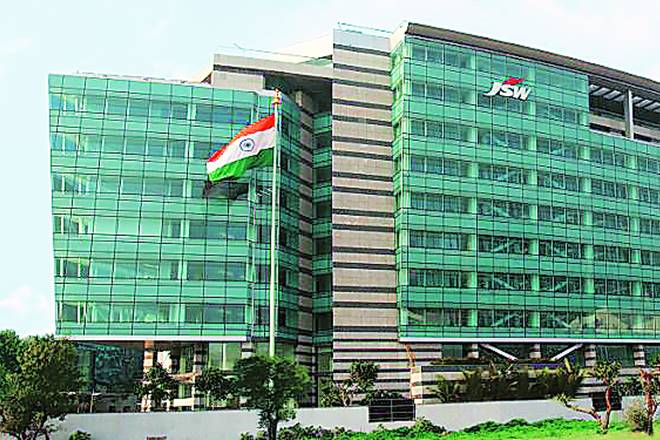
JSW Energy’s power business continued strong trajectory, with PPA share at 80 percent — enabling earnings predictability, buoyant merchant trade (improvement in dark spreads), strongest balance sheet vs peers (net D/E of 0.9x) — repaid Rs 3,700 crore in past 7 quarters, lowest cost structure (O&M down 9 percent and fall in interest cost by 13 percent Y-o-Y) to enable better chances of signing PPAs for its merchant capacity.
Yet again, the management refrained from providing any incremental commentary on capital allocation for its non-core foray into electric vehicles (though retained capex guidance of $1 bn) and renewables (cited uncertain environment) — detailed capital outlay to be announced in Q4.
READ ALSO | US-China tariff hike would trigger downturn, trade diversion: UN
Lack of clarity on capital allocation for non-core segments (RoI too early to evaluate) remains our primary concern. Q3 EBITDA at `740 crore (+26 percent YoY) beat our estimate by 9 percent, aided by higher realisation on both PPA and merchant and tightened O&M (down 9 percent). PAT at Rs 150 crore (vs our/street estimate of Rs 72.90 crore/ Rs 62.70 crore) was led by a decline in interest cost (down 13 percent) due to repayment or efinancing. JSWE repaid Rs 3,200 crore in past seven quarters with net D/E at 0.9x. This puts it a sweet spot for organic as well as acquisition of stressed assets.
Given strong power demand outlook and limited capacity addition (renewables too slowed considerably), we expect thermal PLFs to improve going ahead. JSWE remains well placed vs. peers to capture any inorganic growth (under-leveraged balance sheet) and ability to sign PPAs for its merchant capacity (lowest cost structure). However, unclear strategy in non-core segments like electric vehicles, renewables etc. (to address in Q4-end) remains key concern as RoI and risk-reward for these businesses are too early to evaluate.
‘Hold’ with target price of Rs 71. PLF of Vijaynagar plant improved 600 bps Y-o-Y to 57 percent in Q3; for October 2018, the Vijaynagar plant reported one of the highest utilisation at 92.8 percent (highest in last 30 months).


